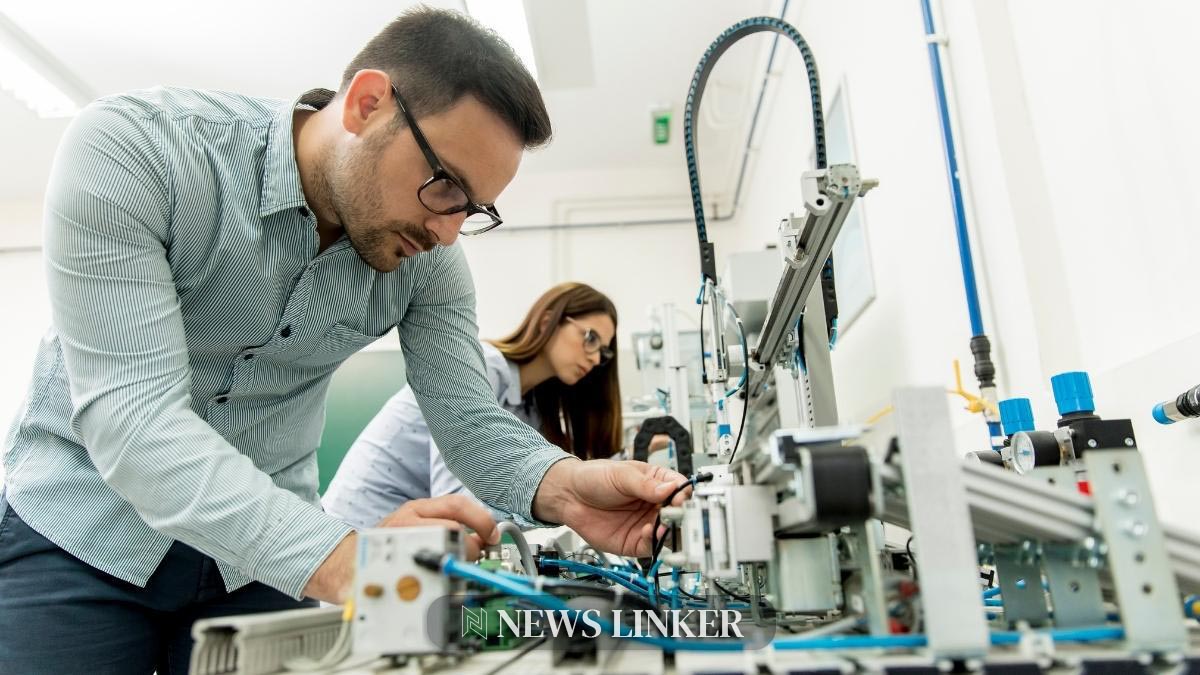March in the robotics industry marked a period of vigorous activity and innovation, showcasing the rapid growth and evolution of the field. Industry events like MODEX and the GTC, along with a slew of product announcements and strategic investments, have highlighted the sector’s dynamic nature and its potential to revolutionize various aspects of everyday life.
Throughout the history of the robotics industry, there has been a consistent push towards advancing technology and expanding its applications. Looking back, the past reveals a trend of increased funding and interest in robotics startups, with developments in artificial intelligence and machine learning propelling the industry forward. As robotics technology has evolved, so too has its integration into diverse fields such as healthcare, automotive, and logistics, reflecting an enduring trajectory of innovation and adaptation.
Who’s Investing in Humanoid Robots?
In the wake of a significant investment from Accenture in humanoid robot developer Sanctuary AI, the robotics industry is witnessing the potential humanization of technology. This strategic move aligns with a broader industry perspective that human-like robotics could reshape the landscape of various sectors by offering new opportunities and solutions.
Are Collaborative Robots Becoming More Advanced?
Schneider Electric’s announcement of its new Lexium collaborative robots at MODEX 2024 underlines the advancements being made in the realm of cobots. With the promise of improved speed, control, and precision, these robots are poised to address manufacturing challenges, pushing the boundaries of what is possible in production and operation efficiency.
What Innovations Are Shaping Robotics?
The unveiling of NVIDIA’s latest robotics products at GTC 2024 emphasized the role of enhanced simulation and AI in robotics development. The introduction of the Blackwell platform by NVIDIA’s CEO Jensen Huang highlights how cutting-edge technology is being leveraged by humanoid robot developers to create more sophisticated and capable machines.
In a relevant scientific research paper titled “Advances in Humanoid Robotics Platforms” published in the Journal of Robotics & Autonomous Systems, findings support the growing trend of human-like robotic development. The paper notes significant progress in robotic mobility, dexterity, and AI integration, which correlates with the industry updates, indicating a strong research foundation supporting the latest commercial advancements.
Notes for the User
- Human-like robots could revolutionize customer service and care industries.
- New cobots could enhance manufacturing precision and efficiency.
- Advancements in AI and simulation are crucial for the next generation of robotics.
The robotics industry’s developments in March highlight a clear momentum towards more sophisticated, user-friendly, and human-like robots, potentially leading to a surge in adoption across various sectors. With significant investments and new products coming to the forefront, the trajectory suggests a transformation in how robotic technology will be employed in the future. The growing synergy between advanced AI and robotics hints at a near future where robots could surpass human capabilities in many tasks, offering not only productivity gains but also the capacity to work alongside humans in more complex and intuitive ways. These developments are likely to have far-reaching implications, from the way companies operate to the everyday experiences of consumers.










